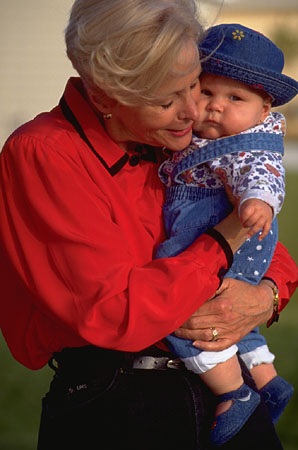|
|
Montessori Philosophy and the Young Child
Using the Montessori Philosophy in any age preschool classroom depends on appropriate teacher preparation and preparation of the proper environment based on the ideals of Dr. Maria Montessori. It was her work in the early 1900's working to design a developmentally appropriate, sensorial based curriculum that led to this revolutionary method that has swept the world. This method is based on the principle that children learn much like a sponge. Rather than depending on more passive activities such as listening to the teacher as the primary way of learning, Montessori students are encouraged to use all of their five senses in their learning. This method has proven to be the most effective in teaching young children from any socio-economic background and is copied in most preschool classrooms. Children in a Montessori preschool are usually grouped in three year age ranges of toddler, 3-5 years, and 6-9 years to create a family-like classroom. The younger children learn from the older children and the older children teach the younger children since few young children are ever alike in their timeline for development. This plan also helps to prevent the standard labeling of who is behind in a group of children who are all the same age. In this preschool classroom, you are accepted where you are and progress at your own pace. The classroom teacher is prepared to become both an observer and instructor. As she observes the students in their work-play, she is able to determine an individual learning plan for each student. This on-going observation also allows the teacher to offer learning tools just when they are most needed. Little four year old John wants desperately to tie his own shoes as he watches his older peers tie theirs. As the teacher watches John in his frustration, she offers him a lesson on how to tie using a special classroom learning aide. This repeated trial and success helps the child feel confident to continue to try and learn this skill, until he has mastered it. As he masters how to tie, he may become interested in the other self-help presentations that help the child become more independent. As he masters these presentations, he inspires his peers. This is the Montessori Philosophy in the classroom; a room of young children working to perfect themselves for life, learning how to do it for themselves. For this reason, you will not see what is often considered the norm for a preschool classroom for young children:a room full of disorderly toys. Rather you will see a very ordered classroom with rows and rows of shelves (see our beautiful baltic birch shelves) that hold life and skill presentations where children are permitted to select their work-play with the expectation that they will clean and return the work to the exact place on the shelf for the next child to find. Often a child will accidentally spill his work or drop something onto the carpet. That is never a problem because the children are taught that they are responsible for cleaning up their own messes. Child-sized brooms and mops, buckets and aprons are in constant use as children go about ordering their environment, a basic need of all humans. The Montessori classroom is a happy place of singing, dancing, music, art, science, geography, practical life, sensorial, math, language and much more. It is a place where a young child can discover his self and his passion and all in the name of work-play. |
